
Outdoor Living
We unite suppliers and green industry professionals worldwide
With little effort, the Easter Lily produces its spectacular display of trumpet-shaped white flowers that bloom in time for Easter.
By Victor Miller
|Published on June 12, 2025
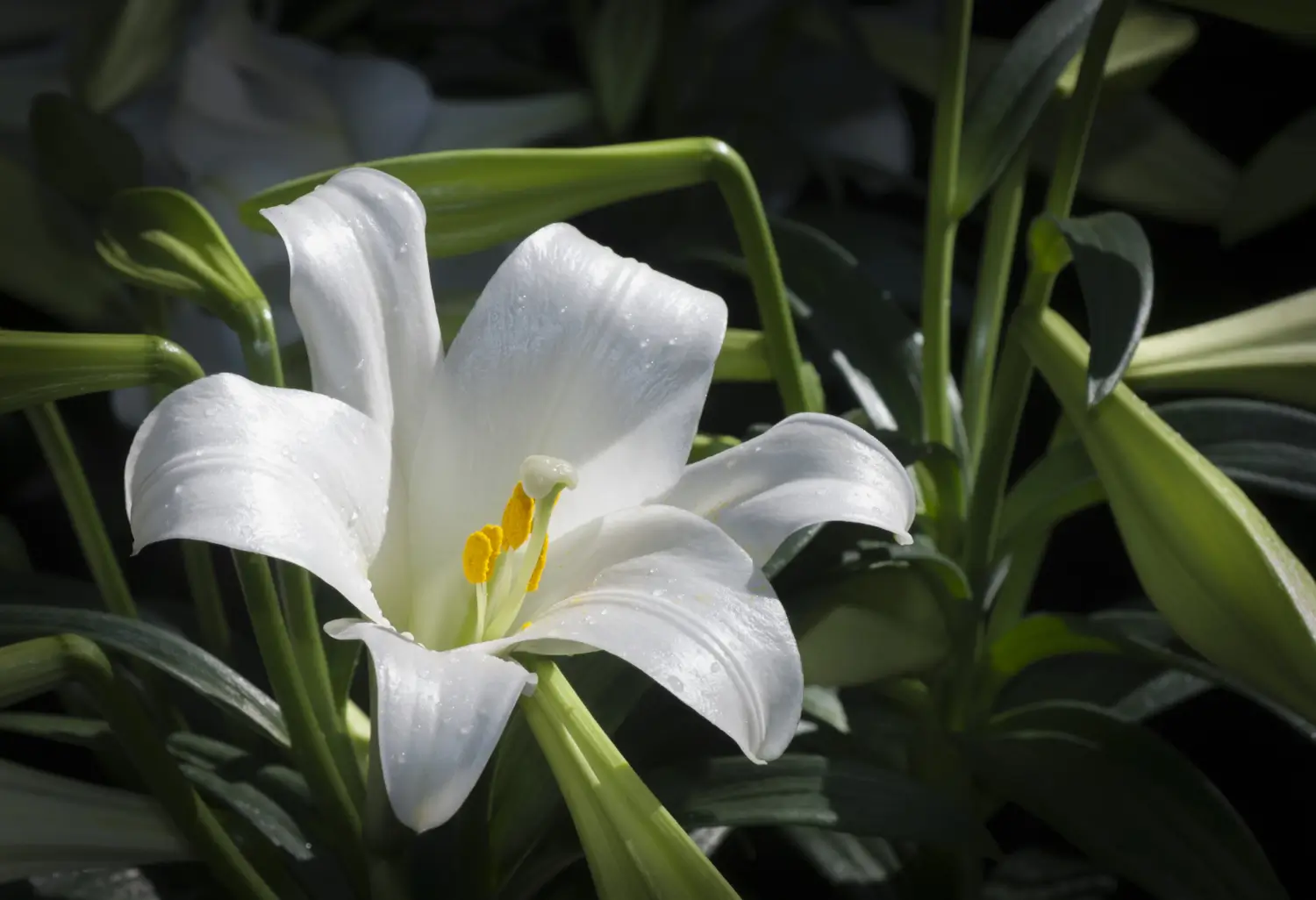

Have you ever wondered how something so delicate as a flower can be a sign of hope and renewal? Well, the Easter Lily (Lilium longiflorum) is exactly that—a fantastic flower, which has a history deeply connected to the spirit of Easter. But don’t be fooled by its elegance; this lily is tougher than it looks. It might just surprise you with how easy it is to grow and care for it. Ready for the challenge? Let’s explore!
With little effort, the Easter Lily produces its spectacular display of trumpet-shaped white flowers that bloom in time for Easter. Its soft, sweet fragrance permeates the air and its lush, green leaves transports the spirit of spring into any home. And it’s also a great party trick to impress the Easter dinner guests. Really, who wouldn’t be dazzled by a plant that smells as good as it looks?
| Botanical Name | Lilium longiflorum |
| Common Name | Easter Lily |
| Type | Perennial bulb |
| Bloom Season | Spring (March–May) |
| Flower Color | White |
| Light Requirement | Full to partial sun |
| Soil Type | Well-drained, nutrient-rich loamy soil |
| Watering Needs | Moderate (Keep soil moist but not soggy). |
| Toxicity | Extremely toxic to all cats |

September 05, 2025
9 minute read
September 05, 2025
19 minute read
September 05, 2025
19 minute read
September 04, 2025
24 minute read


Join as a seller and connect with thousands of B2B buyers nationwide!
Sign Up
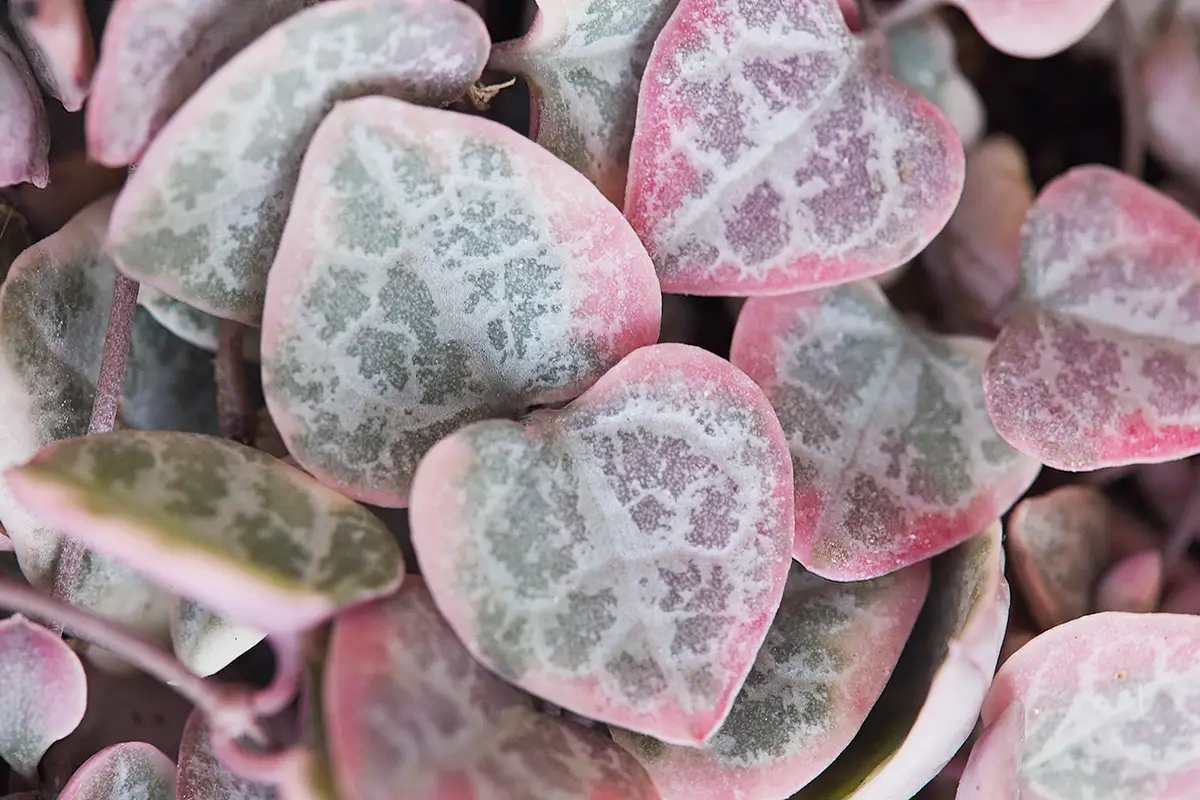
Variegated String of Hearts
A Cascading Beauty With a Name as Sweet as Its Leaves
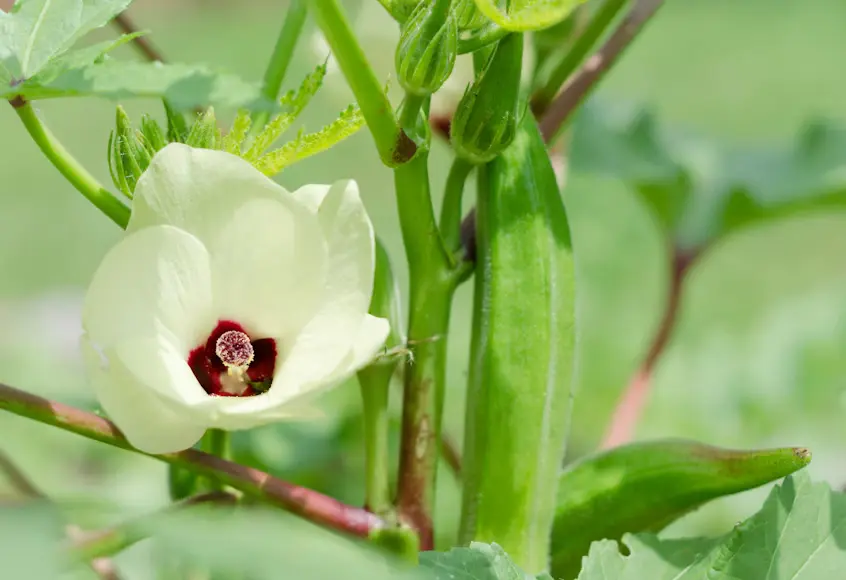
Okra
Okra (Abelmoschus esculentus) is a fast-growing, low-maintenance plant native to Africa that loves hot sunny climates and gives gardeners a bounty of edible pods all summer long.
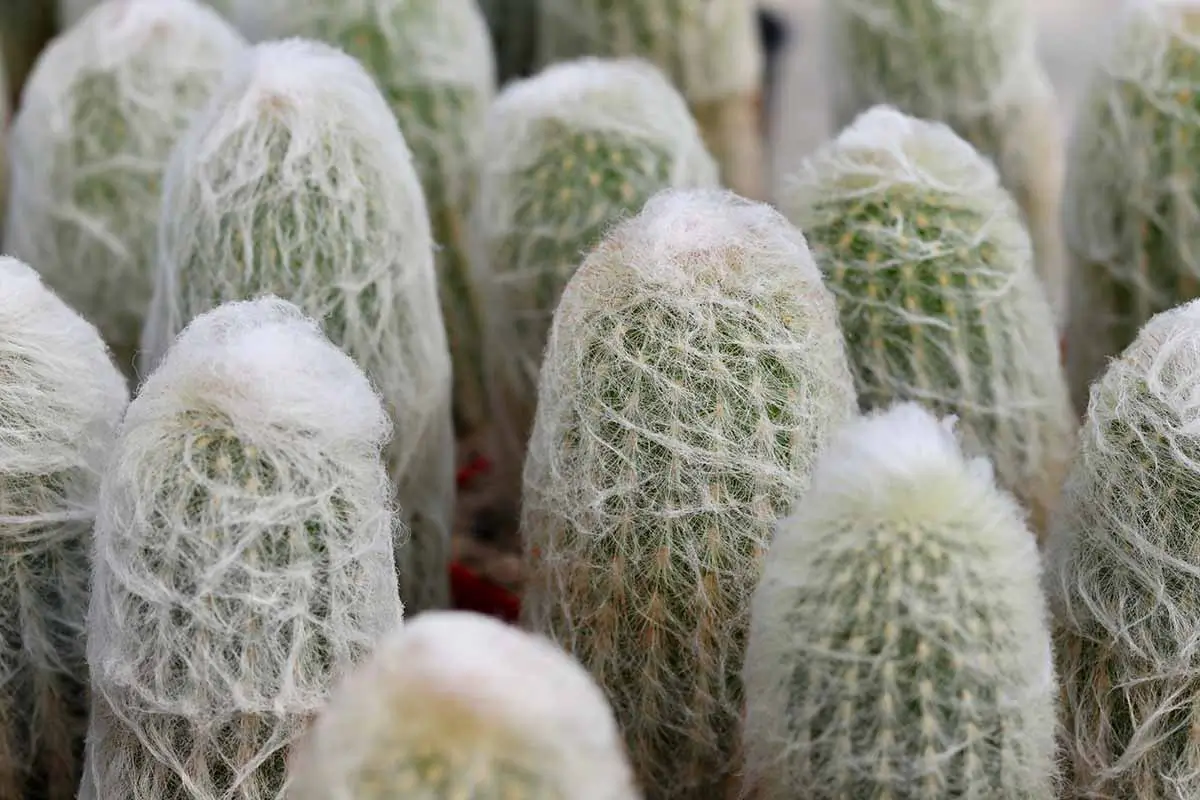
Old Man Cactus
The Old Man Cactus is a slow-growing, long-living cactus that’s perfect for containers, sunny windowsills, or outdoor succulent gardens in warm climates. In spite of how dramatic it looks, this low-maintenance plant is ideal for all plant collectors.
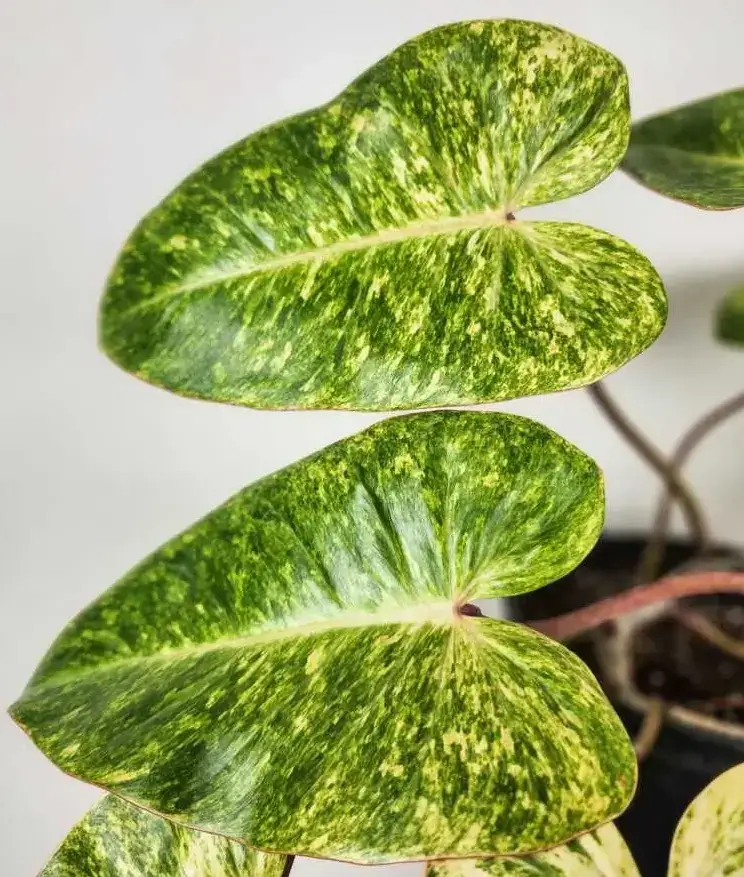
Painted Lady Philodendron
With its striking chartreuse leaves speckled in deeper greens, this tropical climber lives up to its artistic name. Its vibrant foliage only becomes more pronounced as it matures, making it a favorite with plant collectors and casual plant parents.
The Easter Lily has a dainty and elegant look, but is a tough plant that flourishes with light care. They must be provided with the proper conditions and they will perform stunningly from year to year.
Easter Lilies prefer bright to medium sun. If growing indoors, put the plant by a bright, south- or east-facing window. If outdoors, they work best in summers if placed in a location where lots of (at least 6 hours a day of) direct sun can potentially reach. Too much shade will result in weaker stems and fewer flowers.
Best are rich, well-draining soil and slightly acidic to neutral (pH 6.0-7.0). Easter Lilies grow best in loamy ground that is supplemented with natural substances such as compost. Make sure the soil or pot has good drainage to avoid root rot.
The secret is to keep the soil uniformly moist. Water deeply when the top inch of soil feels dry, allowing any excess to drain away. Be careful not to overwater, as soggy soil will lead to bulb rot. Water less than you have been watering her during her blooming period, to induce dormancy.
Pruning is important in keeping your Easter Lily and in producing blooms.
Once the flowers have faded, cut back spent flowers just below the flower head. That allows the plant to conserve energy that would have been used to produce seeds. But do leave the green foliage, because it keeps collecting energy for the next growing season. When the leaves turn yellow and die back on their own, cut the stems to ground level.
If potted lilies have stopped flowering, plant them outdoors to grow for another year.
Easter Lilies primarily propagate through bulb division, so you can grow your collection or give away bulbs to other gardeners.
To propagate:
With time, these new bulbs will settle in and flower in a couple of years.
Easter Lilies can also be easily grown in pots if space is limited, making them well suited for balcony, patio or interior displays.
Select a pot at least 12 inches deep and with adequate drainage holes. Use a well-draining potting mix, ideally one designed for bulbs or perennials. Potted lilies require more periodic water than those planted in soil, so examine soil moisture frequently.
It is recommended that you not cut the leaves back until all dieback has occurred after the blooming period. You can then store the dormant bulbs in a cool, dark spot or plant them outdoors to keep growing.
They should be left in the ground year-round if you live in warmer climates (zones 7-10). But in colder climates (zones 4-6), they require protection from brutal winter weather.
To overwinter:
With proper care in winter, your lilies becomes stronger in every subsequent season.
The stunning trumpet-looking flowers are bred to bring a spectacle in your garden for years to come - if given the right care each year.
Many of these are forced to bloom early for Easter sales and may not be doing their natural thing. If planted outdoors, they'll likely acclimate and flower on their own in mid-summer of the following year.
Once you settle for a healthy blooming:
With the above steps, your Easter Lily will bloom beautifully annually.
Easter Lilies are generally easy to care for, but a few issues can arise:
Monitoring the health of the plant closely prevents these problems.
The Easter Lily is truly a beloved plant and with its elegant, fragrant flowers and symbolism. A great timeless blossom that will bloom year after year, bringing elegance and joy to your space (with the right care).
Each flower lasts 1-2 weeks, but since one stem can have multiple blooms, it can be several weeks of display.
Although they can be grown indoors, they flower best with an outdoor seasonal cycle. After flowering, plant them outside to grow again.
Yes! Easter Lilies are extremely toxic to cats. Even a small amount can lead to kidney failure. Store them out of reach of pets.
It might require more sunlight or better drainage soil, or a proper dormancy period in the winter. Skip heavy nitrogen fertilizers that boost leaves over blooms.
Absolutely! The plant can be put in the ground after it has bloomed in early summer, and it will likely bloom naturally the following year.

Outdoor Living
Victor Miller

Greenhouse Growing
Gina Lazaarus

Agricultural Policy & Innovation
Gina Lazaarus

Software & Robotics
Gina Lazaarus
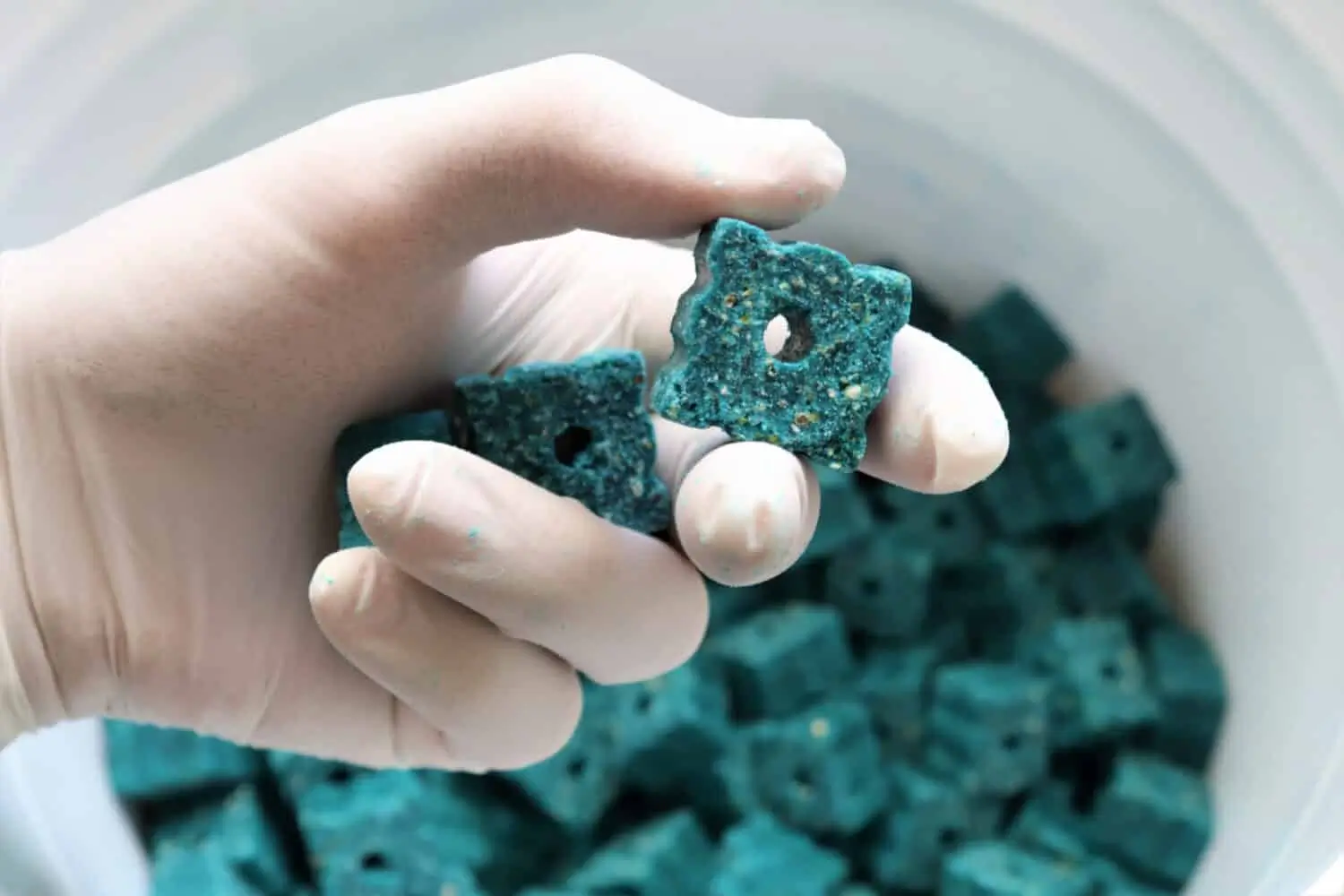
Organic & Natural Pest Solutions
Victor Miller
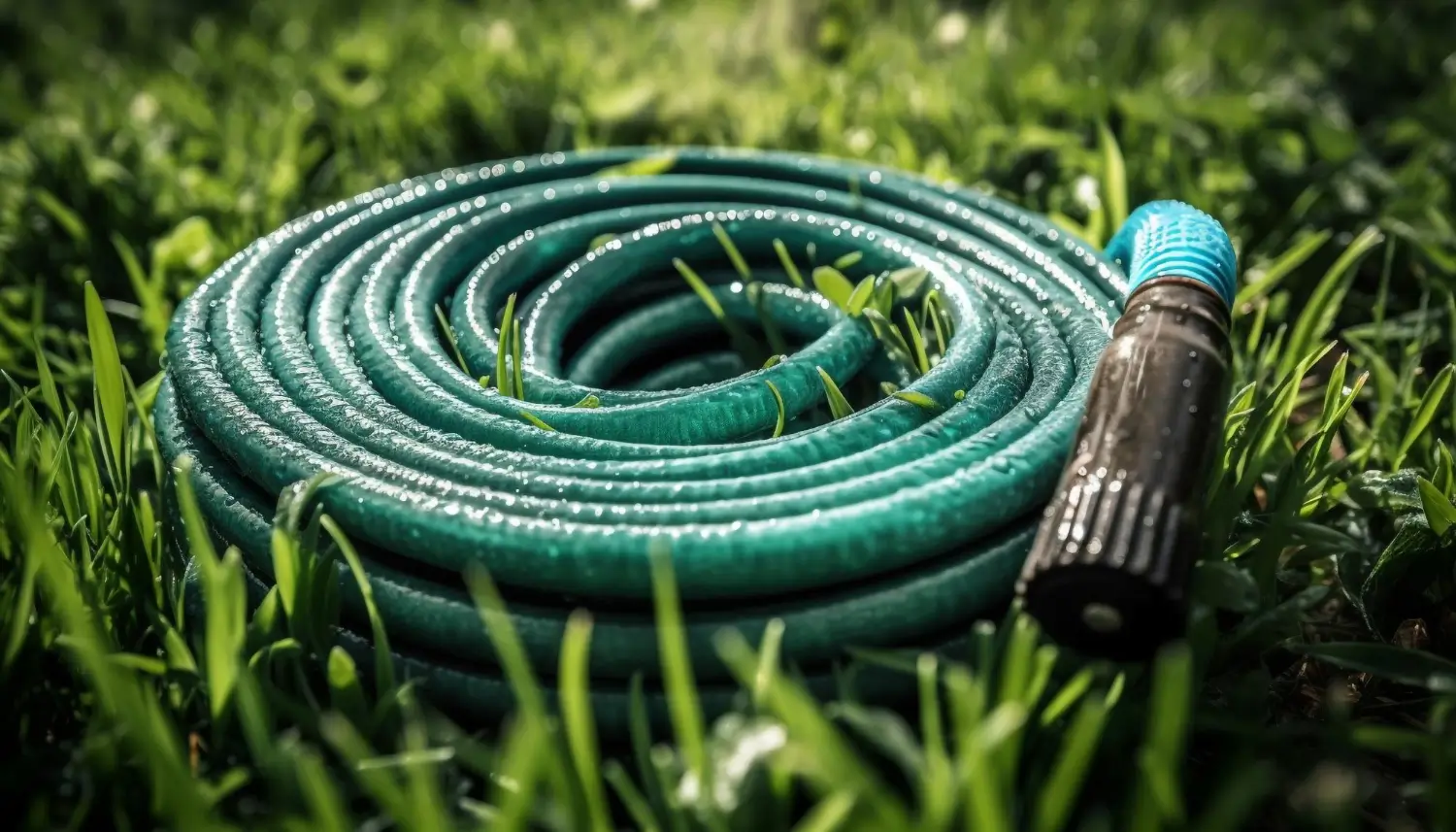
Irrigation System Design & Tips
Victor Miller

Construction Tips & Techniques
Victor Miller
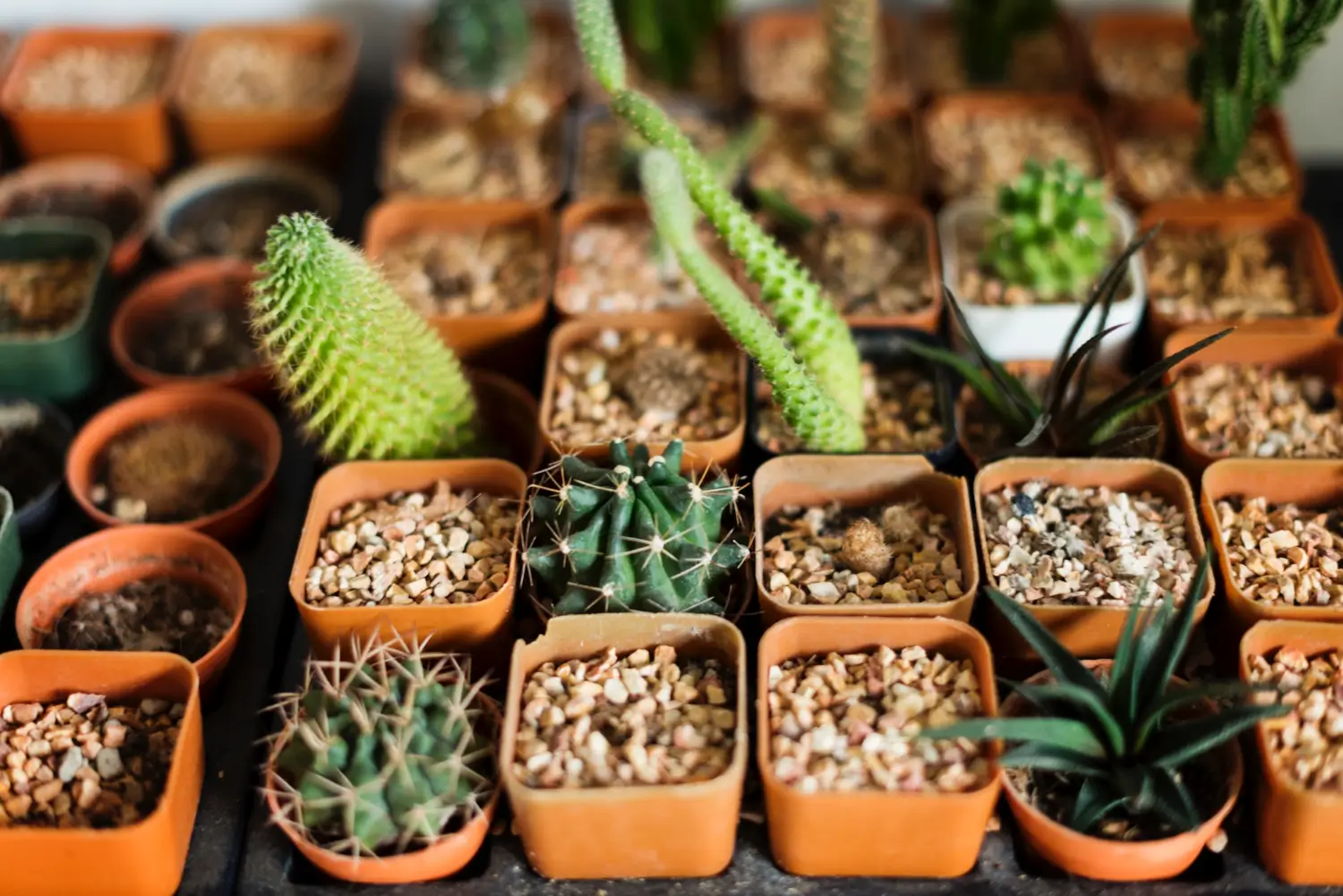
Lawn Care Tips & Maintenance
Victor Miller
My Account
Our team is always here to help.
We are open Monday - Friday, 9:00 AM to 4:30 PM PST.